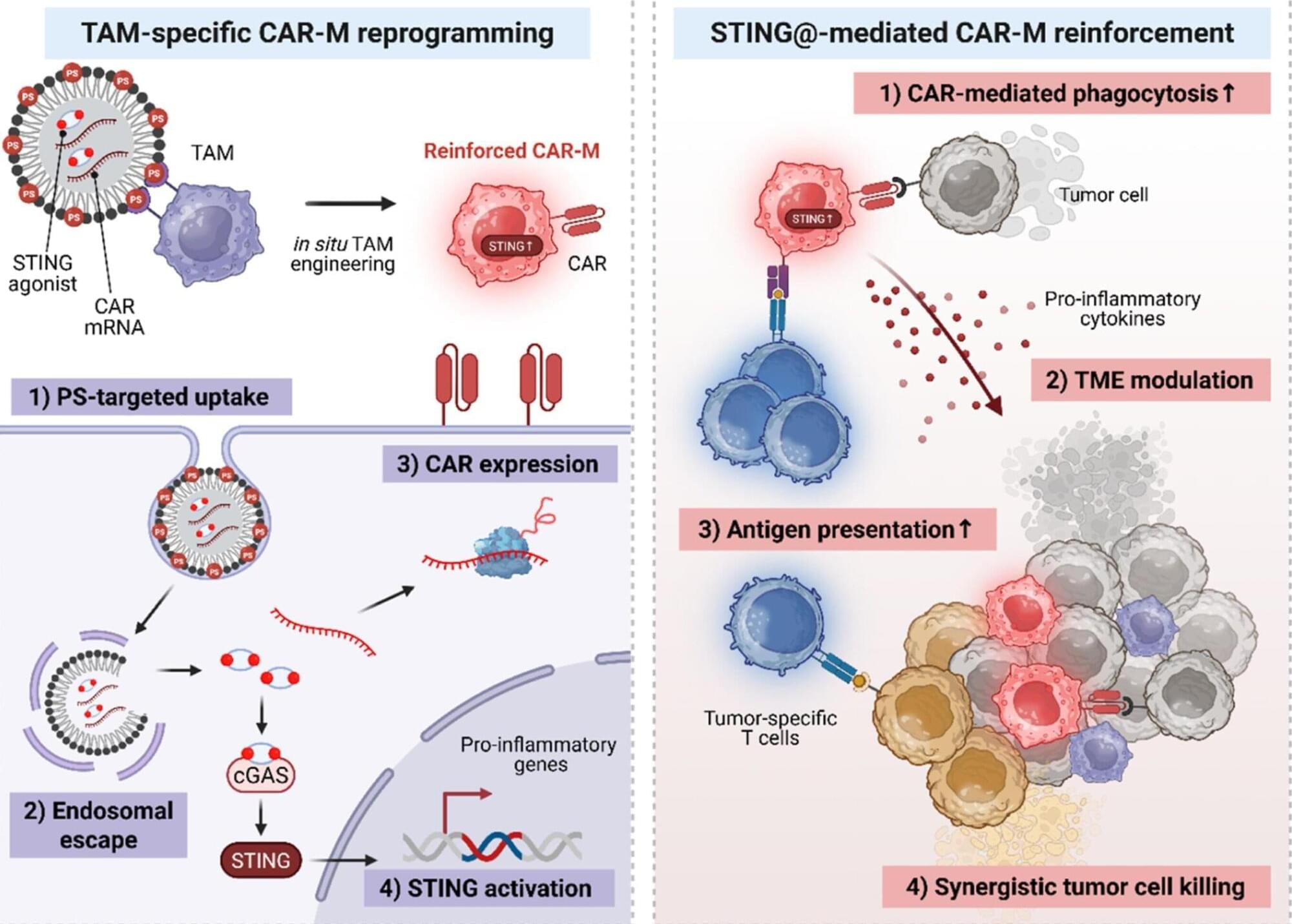Controlling light at dimensions thousands of times smaller than the thickness of a human hair is one of the pillars of modern nanotechnology.
An international team led by the Quantum Nano-Optics Group of the University of Oviedo and the Nanomaterials and Nanotechnology Research Center (CINN/Principalty of Asturias-CSIC) has published a review article in Nature Nanotechnology detailing how to manipulate fundamental optical phenomena when light couples to matter in atomically thin materials.
The study focuses on polaritons, hybrid quasiparticles that emerge when light and matter interact intensely. By using low-symmetry materials, known as van der Waals materials, light ceases to propagate in a conventional way and instead travels along specific directions, a characteristic that gives rise to phenomena that challenge conventional optics.









